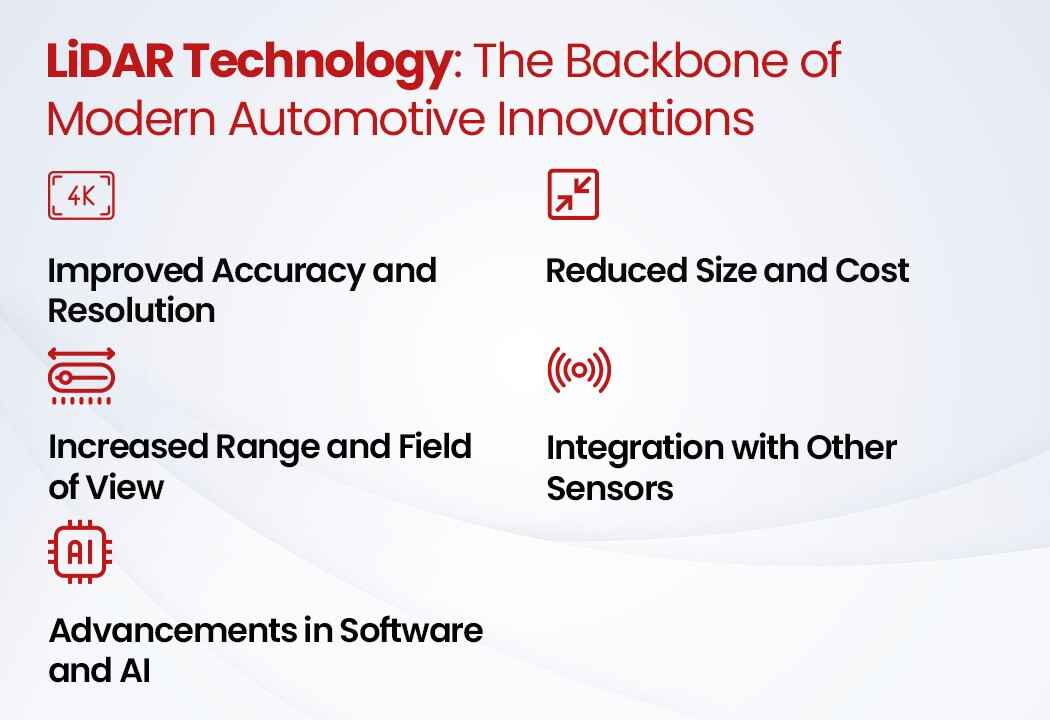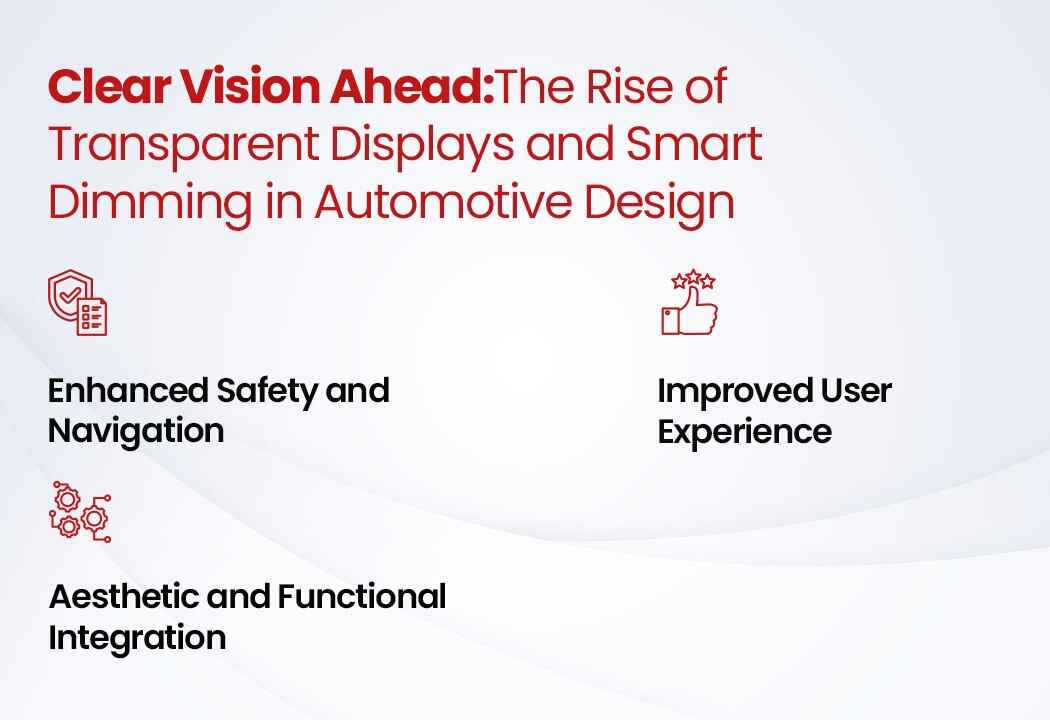LiDAR (Light Detection and Ranging) technology has emerged as a cornerstone in the evolution of automotive technology. As the industry marches toward a future dominated by autonomous vehicles and advanced driver-assistance systems (ADAS), LiDAR stands out for its ability to provide precise, real-time 3D mapping of the environment.
1. Improved Accuracy and Resolution
One of the significant advancements in LiDAR technology is the improvement in accuracy and resolution. Modern LiDAR systems can generate highly detailed 3D maps, enabling vehicles to detect and classify objects with greater precision.
This enhancement is crucial for autonomous driving, where understanding the environment down to the centimeter level can mean the difference between safe navigation and accidents.
- High-Resolution Sensors: Companies like Velodyne, Luminar, and Innoviz have developed high-resolution LiDAR sensors that provide detailed images of the surroundings, essential for identifying small objects like pedestrians or debris on the road.
- Enhanced Point Density: Higher point density allows for better detection and differentiation of objects, even at longer ranges and higher speeds.
2. Reduced Size and Cost
Historically, LiDAR systems were bulky and expensive, limiting their widespread adoption. Recent advancements have focused on miniaturization and cost reduction, making LiDAR more accessible for mass-market vehicles.
As production scales up, the cost per unit of LiDAR sensors is decreasing, paving the way for their integration into everyday vehicles.
3. Increased Range and Field of View
Modern LiDAR systems offer increased range and a broader field of view, which are critical for high-speed driving and highway conditions.
Advanced LiDAR systems can now detect objects over 200 meters away, providing ample time for the vehicle to respond to obstacles at high speeds. A wider field of view ensures that the LiDAR system can cover more ground, reducing blind spots and improving overall situational awareness.
4. Integration with Other Sensors
LiDAR technology is increasingly being integrated with other sensors such as cameras, radar, and ultrasonic sensors to create a comprehensive sensor suite for autonomous vehicles.
Combining data from multiple sensors enhances the vehicle’s ability to perceive and understand its environment, leading to more accurate and reliable decision-making. Sensor fusion also provides redundancy, ensuring that the failure of one sensor does not compromise the vehicle’s safety and operational capability.
5. Advancements in Software and AI
The software algorithms and artificial intelligence (AI) that process LiDAR data have also seen significant advancements. These improvements enable more sophisticated interpretation of the environment.
AI and machine learning algorithms can process vast amounts of LiDAR data to identify patterns and make predictions about the behavior of objects, such as predicting pedestrian movements.









